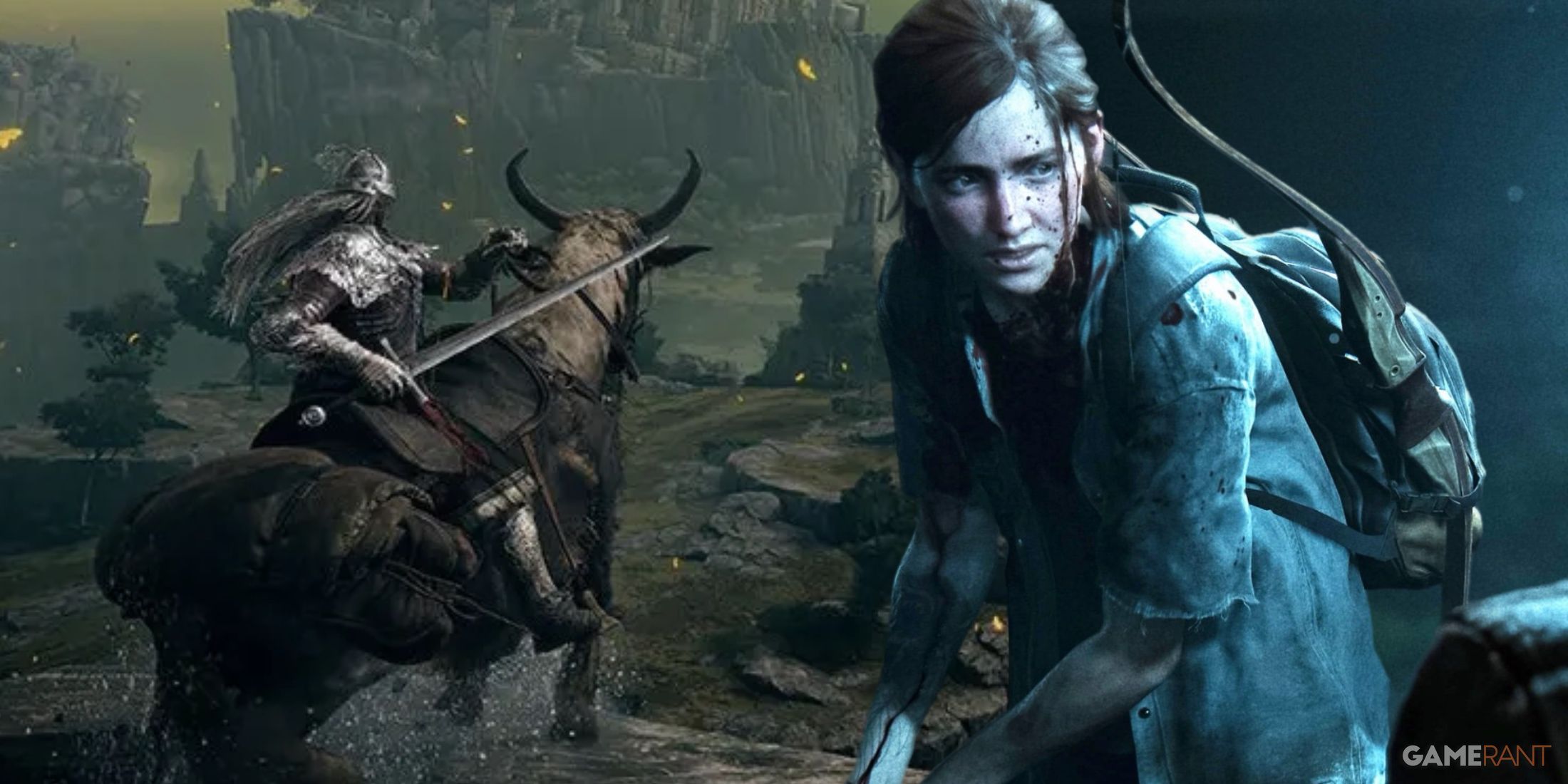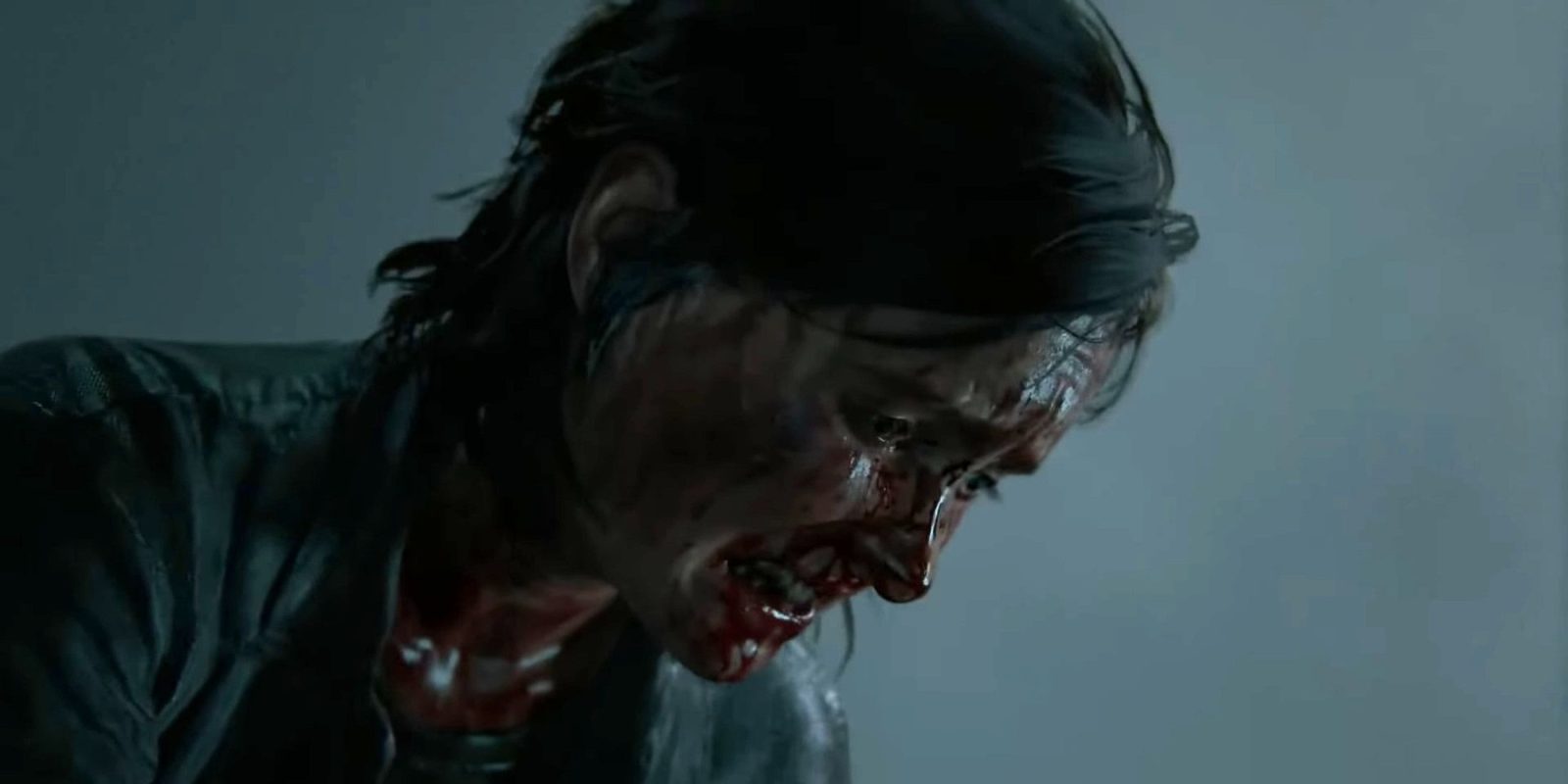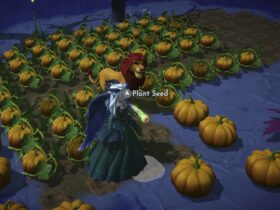The Last of Us, now a sprawling media brand reaching beyond gaming audiences, is difficult to classify as one specific genre. The easiest, most broad-strokes way to categorize The Last of Us is as a horror series, and while this is certainly fair in many respects, it’s also somewhat reductive.
Yes, The Last of Us features flesh-eating, grotesque monsters and a world ravaged by disease and violence, and there are sections of both games that follow traditional horror tropes, but the franchise slots better into the “character drama” genre overall; most players are likely to walk away from a piece of Last of Us media feeling upset, saddened, or morally conflicted rather than frightened. This can be attributed to the series’ very intentional focus on character interactions and intimate moments, but also to how it rejects many typical aspects of the zombie-horror playbook. In this way, the horror of The Last of Us is able to be novel and refreshing, while also evoking deeper and more complex emotions tangential to pure fear.

Related
Naughty Dog’s New Game Could Be the Elden Ring to The Last of Us’ Dark Souls
Recent rumors circulating about Naughty Dog’s next project hint at a compelling change of form to how the studio tells stories.
The Last of Us’ Take On Zombies Works In Its Favor
The Last of Us’ Monsters Aren’t Quite ‘Zombies’
Creatures like the ever-menacing Clickers are among The Last of Us‘ most iconic and important elements. Infected by the cordyceps fungus, these monsters may start off as more stereotypically “zombie-like,” but they gradually transform into radically inhuman beasts as the fungus colonizes their once-recognizable bodies. Based on the real-world Ophiocordyceps unilateralis fungus, which can take over the minds of various insects, the cordyceps plague in The Last of Us is uniquely terrifying and unsettling, a far cry from the manufactured viruses of Resident Evil or the demonic zombie entities of DOOM.
Because it’s rooted in real-world biology, and because of its rampant and unfeeling method of infection, the cordyceps virus manages to be almost cosmically eerie. Through it, The Last of Us can explore nature’s brutal and unempathetic drive to spread; the natural world has little regard for human life, despite humanity’s insistence that it is superior or special in some way. Cordyceps doesn’t spread because of a mad scientist or an evil act of witchcraft, but because it simply wants to propagate. Fundamentally, it’s no different from the everyday mold that may grow on an old loaf of bread or a poorly maintained shower, and that’s what makes it so scary.
Other Games Could Follow The Last of Us’ Lead to Make Scarier ‘Zombies’
Though the games industry is arguably past the zombie boom of the late 2000s and early 2010s, the trope is still ubiquitous, with several modern franchises using some form of undead horde as their main source of conflict. To name a few:
- Resident Evil
- Dying Light
- Dead Island
- Back 4 Blood
- Call of Duty Zombies
- Dead Rising
- State of Decay
The medium’s tendency towards zombies is easy to understand: the premise offers a deep well of monsters for the player to kill, without the need for any sort of moral conflict or justification. This logic follows the gameplay-first philosophy, wherein game stories should always serve to facilitate interactivity first and foremost, but designers and audiences can have the best of both worlds. Series like The Last of Us prove that zombie stories can still be interesting without sacrificing the gameplay benefit of mindless hordes to fight—they just shouldn’t feel the need to restrict themselves to typical zombie tropes.
Source link












Leave a Reply